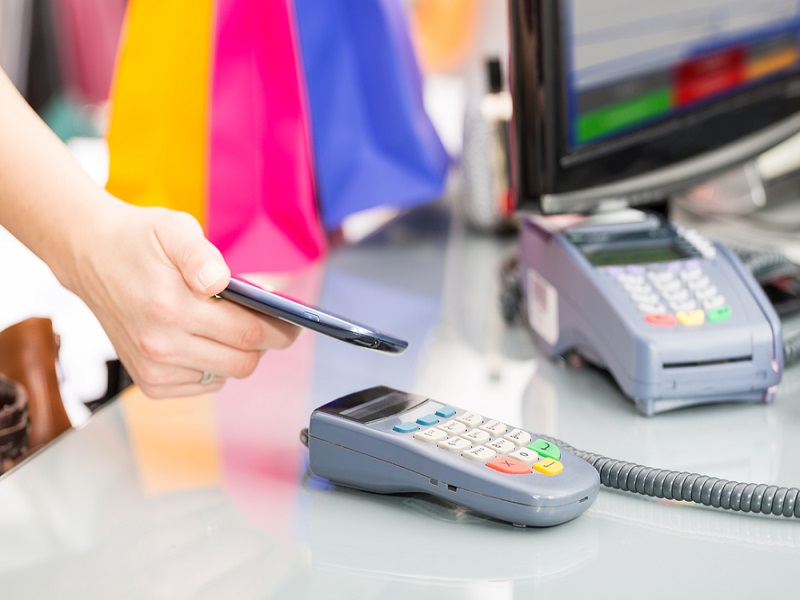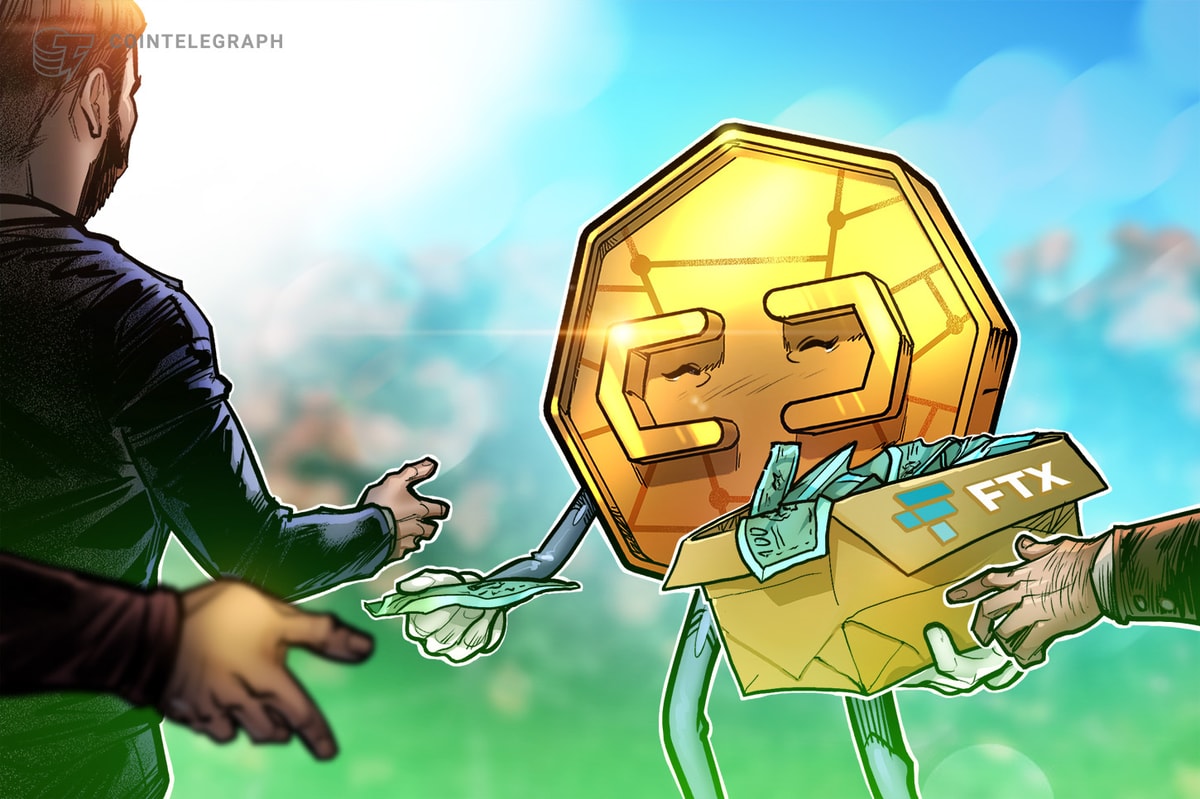Understanding the concept of FinTech and its importance to the entire world is just the first step along the way. For businesses, innovations in the FinTech world will change the way they do business forever. From a consumer point of view, new and innovative payment methods are being introduced now and then, most of which still rely on traditional financial infrastructure. In fact, consumers might be the biggest benefactors of FinTech innovation.
Also read: Understanding FinTech – What is it And Why Do We Need It?
FinTech Influences Consumer Behavior
Everyday consumers want access to quick, convenient, and widely-accepted payment methods. Over the past few years, more and more countries have slowly started shifting to cashless transactions, relying on traditional payment methods such as bank and credit cards. For most consumers, this form of payment works perfectly fine, although they remain tied to one bank controlling their financial assets.
If there is anything the financial crisis of 2008 has taught the world, it is that banks are selling nothing but empty promises and the illusion of trust. Ever since that time, people have started moving funds out of their bank account, albeit there weren’t too many alternatives available at that point. Thanks to the world of FinTech, these consumers now have access to various options.
Smartphones and other mobile smart devices played a major role in this shift in consumerism. Accessing data and information are at everyone’s disposal, and only takes a few taps or swipes. Furthermore, various services have taken on a digital life of their own as well, including checking bank account balances, finding new company employees, and much more.
As you would come to expect from the FinTech industry, however, most of the focus lies in bringing financial instruments to as many consumers as possible. While credit and bank card payments are a great tool for most purchases, there are still plenty of locations where these payment methods are not accepted. Owning a card payment terminal is subject to monthly fees and high transaction costs, making it less of a favorable option for small businesses.
Coming up with additional forms of payments that are acceptable to both consumers and retailers is not an easy task. Mobile payments are on the rise all over the world, and the number of smart devices in circulation keeps increasing year over year. Several players have launched their mobile payment solution, such as Apple Pay and Samsung Pay.
Mobile Payments Still Need A Lot of Work
Despite the launch of these mobile payments as part of the FinTech ecosystem, there is still a lot of work to be done. Mobile payment solutions in existence today all rely on traditional financial solutions, such as bank accounts and credit and debit cards. However, none of the instruments is designed to be used outside of the traditional financial ecosystem, let alone the online or mobile space.
One could argue how solutions such as Apple Pay reduce the overhead costs of processing credit and debit card payments. Nothing could be further from the truth, however, as this type of mobile payments is equally expensive compared to processing these cards on a regular basis. A portion of the regular fees goes to Apple, but the same percentages still apply.
Furthermore, mobile payment solutions are still not widely embraced by either merchants or consumers. There is still a lot of work to be done to make this form of payment more appealing in the next few years. But this is also the interesting aspect of FinTech; there are so many brilliant developers in this space who can make innovation happen.
What are your thoughts on the FinTech industry to date? Is there anything you would like to see change? Let us know in the comments below.
Images courtesy of Research EA, Shutterstock, Payment Law Advisor










